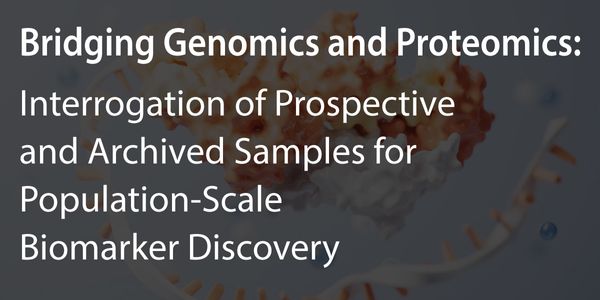Through the Looking Glass, and What Amino Acids Found There
-
Kirsty Penkman, PhD
Reader in Analytical Chemistry, Chair of Chemistry Graduate School, Department of Chemistry, University of York
Analytical chemistry can take you to strange places - for me it has been to the bottom of a quarry, being covered in dirt, excavating sesame-seed sized fossils that allow us to work out when prehistoric creatures such as mammoths and Neanderthals roamed Europe. Being able to identify (and isolate) a fraction of the protein contained within particular fossil shells which degrades at a predictable rate has allowed the development of a robust dating technique. This 'intra-crystalline' protein behaves as a closed system, and if this is targeted in a tiny calcite fossil (snail opercula, the little lids that close the aperture of snail shells) we can date back to at least 2.8 Ma. With LC and MS analyses of protein in fossil material ranging from Great Barrier Reef corals to South African ostrich eggshell and Antarctic ice cores, the chirality of amino acids has helped us unravel the complexities of our past climate as well as providing insights into biomineralisation.
Learning Objectives:
1. How critical it is to understand exactly where your molecules of interest are, and how they can be affected by their environment.
2. The importance of using multiple analytical techniques to provide complementary data.
Through the Looking Glass, and What Amino Acids Found There
Please update your information
Certificate of Participation
DOWNLOAD CERTIFICATE






